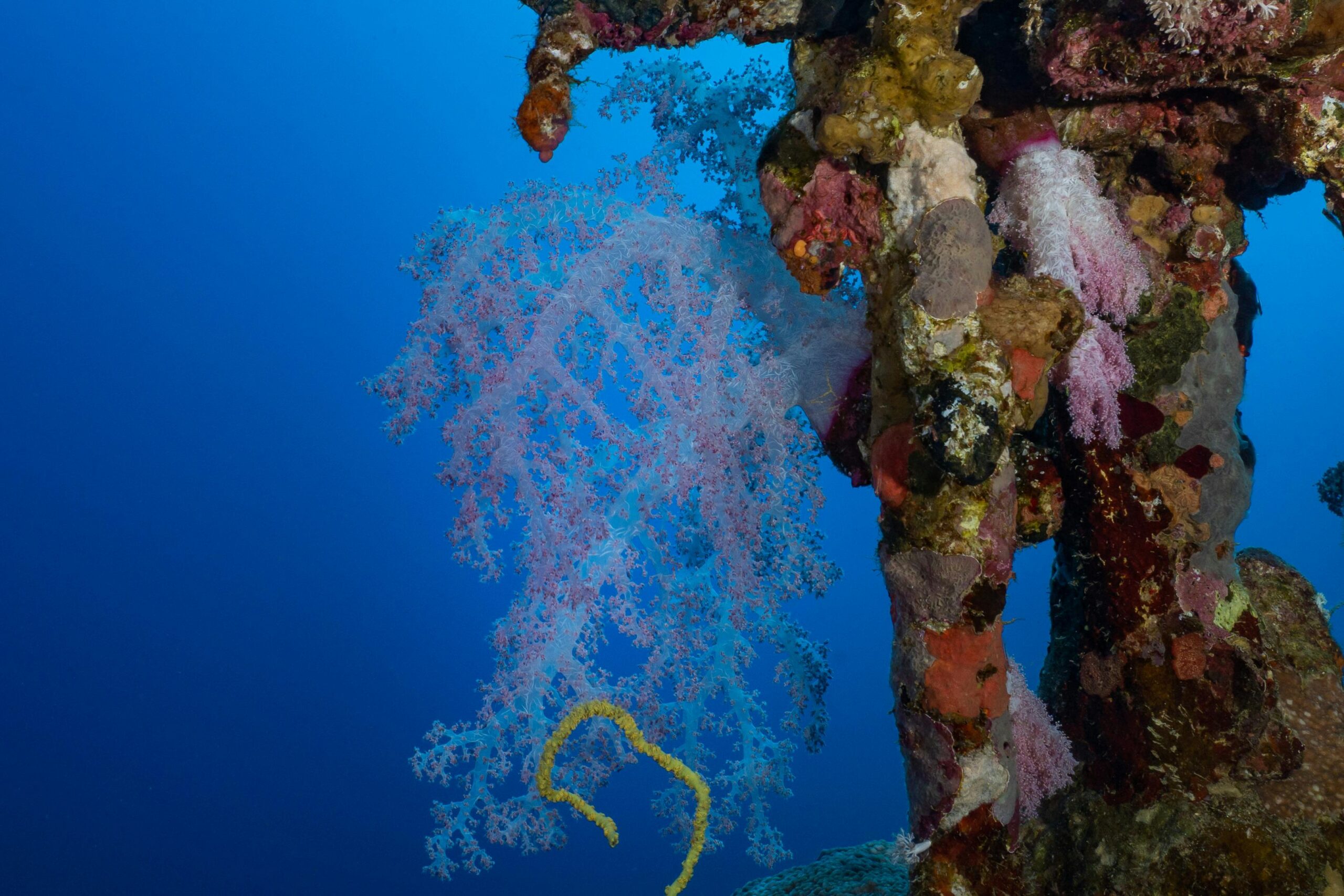Madison Q,
March 10th, 2024
Stretching over 2,300 kilometers (1,430 miles) along the coast of Queensland, Australia, the Great Barrier Reef is the largest coral reef system on the planet. This extraordinary ecosystem is home to an incredible diversity of marine life, including over 1,500 species of fish and 400 types of coral, making it one of the most biodiverse regions on Earth. The reef’s vibrant colors, intricate coral formations, and teeming marine life attract millions of visitors each year, offering a mesmerizing glimpse into the wonders of the underwater world.
Formed over millions of years by the gradual accumulation of coral skeletons, the Great Barrier Reef is a testament to the intricate interplay between living organisms and their environment. Coral polyps, tiny creatures that build calcium carbonate exoskeletons, form the foundation of the reef, providing shelter and sustenance for countless marine species. From colorful coral gardens to expansive seagrass meadows and bustling coral bommies, the reef’s diverse habitats support a complex web of life.
The Great Barrier Reef not only serves as a vital habitat for marine biodiversity but also plays a crucial role in the global ecosystem. It helps protect coastlines from erosion and storm damage, provides food and livelihoods for millions of people, and contributes to the regulation of the Earth’s climate. Additionally, the reef is a source of inspiration and wonder, fostering a deep appreciation for the beauty and complexity of the natural world.
Despite its ecological importance, the Great Barrier Reef faces numerous threats, including climate change, ocean acidification, pollution, and overfishing. Rising sea temperatures and increased carbon dioxide levels are causing coral bleaching events, in which corals expel the algae living in their tissues, leading to widespread die-offs and habitat degradation. Human activities, such as coastal development and nutrient runoff, also pose significant challenges to the reef’s health and resilience.
Efforts to protect and conserve the Great Barrier Reef are ongoing, with initiatives focused on sustainable management, marine protected areas, and climate change mitigation. Organizations, governments, and communities are working together to reduce pollution, regulate fishing practices, and promote responsible tourism to minimize the reef’s impact. By raising awareness and taking action to address the root causes of reef degradation, we can help ensure that this natural treasure remains a vibrant and thriving ecosystem for generations to come.

